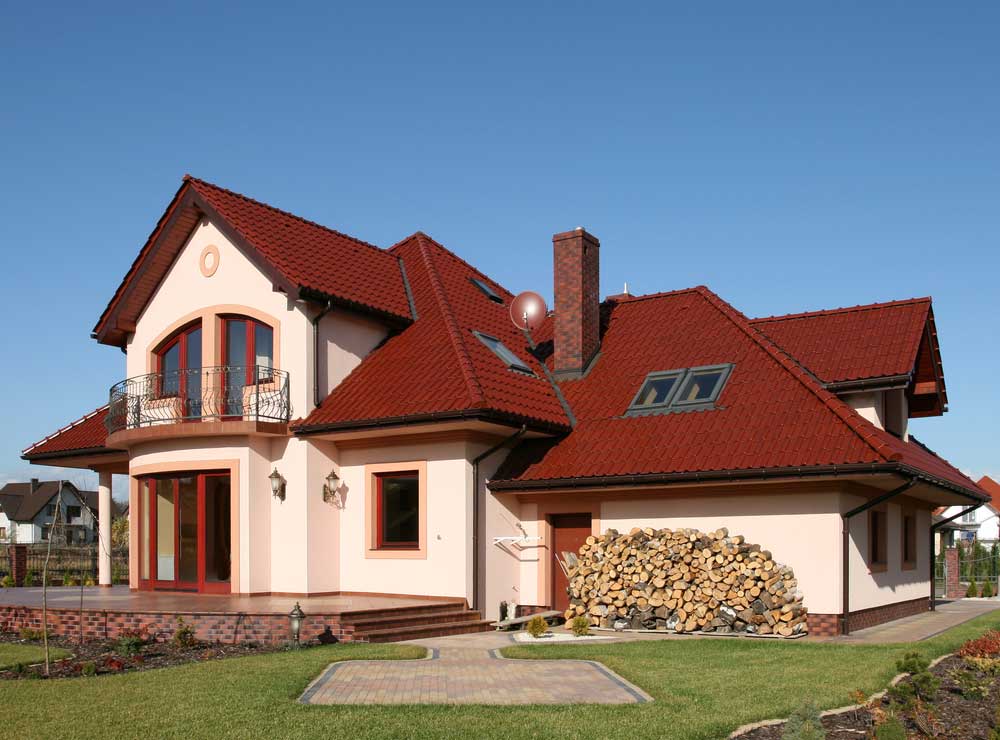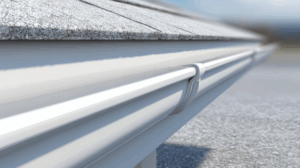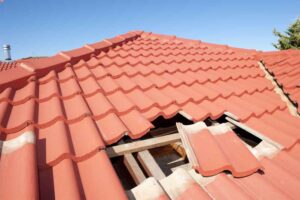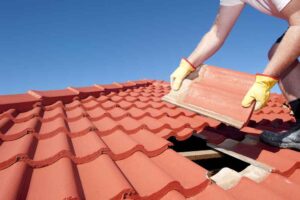Replacing your roof is one of the most expensive investments you’ll make in your home, and it’s also one of the most important. A new roof protects your home from weather, improves energy efficiency, and boosts curb appeal. But if you’re preparing for a roof replacement, you’re probably asking yourself: what is the most expensive part of a new roof?
The answer isn’t always simple. Roof replacement costs vary based on your roof’s size, material, condition, and complexity. However, several key elements consistently drive the price. In this article, we’ll break down the most expensive parts of a new roof, so you can better understand your budget and make informed decisions.
The Roofing Material: Usually the Most Expensive Part
When it comes to roof replacement, the most expensive part of a new roof is often the material itself. Roofing materials vary widely in cost, appearance, lifespan, and performance.
Here’s a breakdown of the most common roofing materials:
- Asphalt Shingles: The most budget-friendly option, costing between $80 and $250 per 100 square feet. Asphalt shingles are so popular because they’re affordable and easy to install, but they usually last only 15–30 years.
- Metal Roofing: A higher upfront cost (typically $100–$800 per 100 square feet), but it can last 40–70 years. It’s energy-efficient, low-maintenance, and holds up well in extreme weather.
- Tile Roofing: A premium roofing option, tile costs approximately $600–$1,300 per 100 square feet, depending on the material type (clay, concrete, or synthetic). Known for its timeless look and durability, tile can last 50 to 100 years or more with proper maintenance. However, its weight may require additional structural reinforcement, especially for older homes not originally built to support heavy roofing materials.
So, what is the most expensive part of a new roof? In most cases, your material choice. But keep in mind that better materials often mean longer lifespan and fewer repairs, saving money in the long run.

Labor Costs: The Close Second
After materials, the next major piece of your roof expenses is labor. Installing a roof takes expertise, experience, and physical effort, especially if your roof is steep, multi-story, or uniquely shaped.
Several factors influence labor costs:
- Roof Complexity: A simple, flat roof is easier (and cheaper) to replace than a steep, multi-gabled roof with dormers and chimneys.
- Tear-Off Time: Removing the old roof adds time and effort. Multiple layers of old roofing increase the cost.
- Seasonal Demand: Spring and summer are peak roofing seasons. If you can schedule during off-peak months, you might save on labor.
- Location: Labor costs vary by region. Areas with higher living costs or stricter building codes tend to have higher labor rates.
Choosing a skilled crew is worth the investment. Poor installation leads to leaks, ventilation problems, and other issues that cost even more to fix.
Structural Repairs and Decking
The visible surface of your roof is only part of the picture. Underneath, your roof deck (usually plywood or OSB) provides the structural base. If your deck is rotting, warped, or water-damaged, it must be repaired or replaced before new materials are installed.
Structural damage can occur due to:
- Water leaks over time
- Termite or pest infestations
- Mold or mildew
- Fire damage
These issues may not be obvious until the old roof is removed. Unfortunately, that makes them an unexpected addition to your roof expenses, but addressing them is critical to the performance and lifespan of your new roof.

Special Features and Custom Work
Your roof may include special features that require extra materials, time, and skill, adding to the overall cost.
Here are a few examples:
- Skylights: These must be carefully removed and reinstalled with precise flashing to prevent leaks.
- Chimneys: Flashing and sealing around chimneys adds time and cost.
- Valleys and Dormers: Roofs with multiple planes, valleys, or dormers need custom cuts and sealing.
- Solar Panels, Vents, and Satellite Dishes: These must be detached, reinstalled, or worked around, increasing labor time.
Even though these aren’t always the most expensive part of a new roof, they do add complexity, and that means higher costs.
Permits, Inspections, and Code Compliance
Most cities and counties require permits for a roof replacement. Depending on where you live, you may also need one or more inspections to ensure everything is up to code.
In some cases, older homes may require:
- Additional roof ventilation
- Fire-resistant materials
- Structural upgrades to support heavier roofing
These requirements are essential for safety and legal compliance, but they can increase the total price tag.
Waste Disposal and Cleanup
Every roof replacement creates waste, old shingles, nails, underlayment, flashing, and sometimes even rotted wood. Disposal fees depend on how much material is removed and the type of material.
Tile and slate are heavier and cost more to haul away than asphalt shingles. While cleanup and disposal may not be the most expensive part of a new roof, it’s a necessary expense and one that should be included in any honest quote.
Ready to Understand Your Roof Costs?
At Rescue Roofing Construction, we believe homeowners deserve clear answers and reliable results. We provide detailed roof inspections, explain every part of your quote, and help you choose the right materials for your home and budget.
Whether you’re replacing your roof due to storm damage, old age, or an upgrade, we’ll help you understand your roof expenses so you can make smart, informed decisions and protect your home for decades to come.
Schedule your free inspection today and let us help you plan your next roofing project with confidence.



